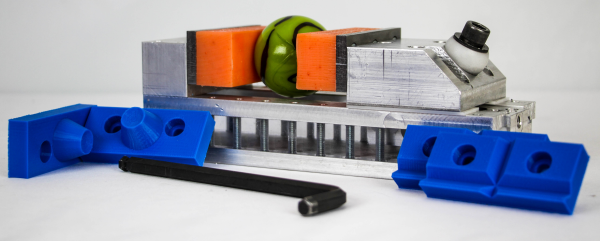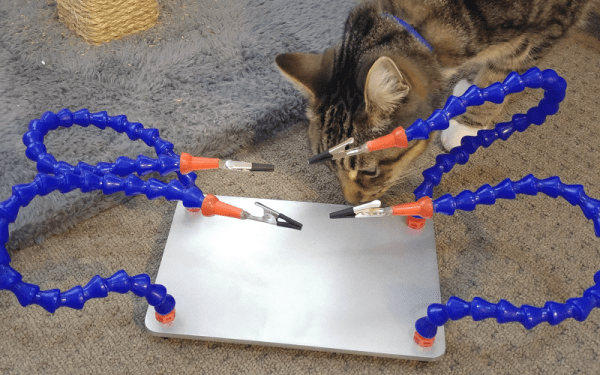Although [I Love To Make] appears to have text in Chinese, their recent video (see below) is like a wordless workshop so it won’t matter if you are up on your Mandarin or not. The soldering vise looks like it mostly came from a dollar store (or perhaps a yaun store).
As far as we can tell, the assembly is two utility clips like you might use on a cork board or to seal up chips, a Micro SIM cutter, and TV rabbit ears. Oh, and a syringe. The rabbit ears get mostly destroyed in the build process. You have to do some cutting and plastic melting, too (we might have used a drill), but nothing you couldn’t do with some simple hand tools. They don’t show it, but apparently, they drilled a hole in the SIM cutter, so you’ll need a drill anyway.

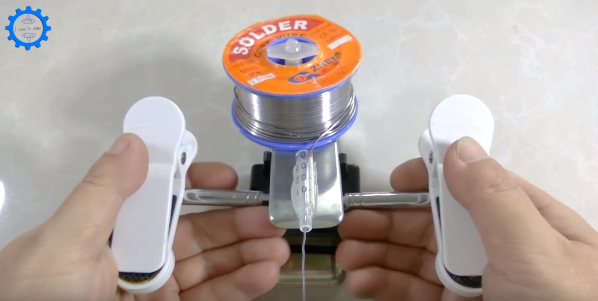
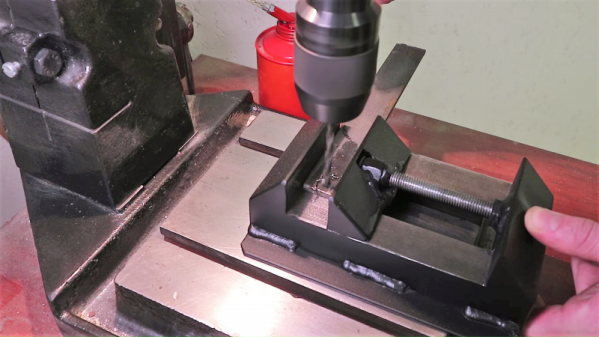
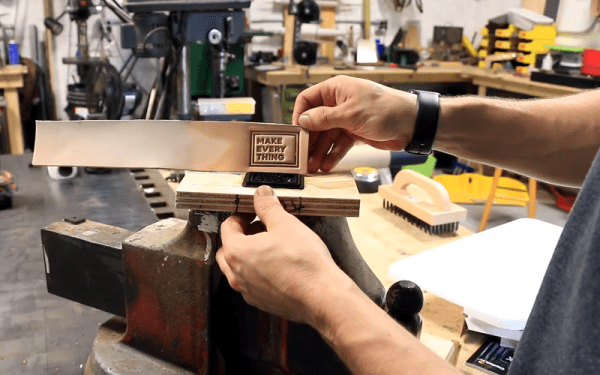

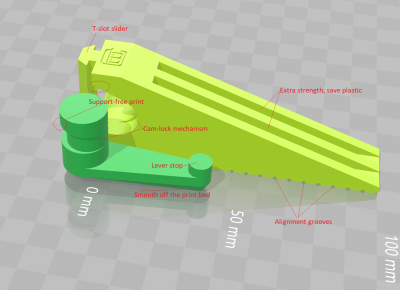 The typical hacker can never say no to more tools. And when it comes to clamps, one just can’t have enough of them. From holding small PCB’s to clamping together large sheets of plywood, you need a variety of sizes and quantities. So it would be pretty neat if we could just 3D print them whenever needed. [Mgx3d] has done that by designing
The typical hacker can never say no to more tools. And when it comes to clamps, one just can’t have enough of them. From holding small PCB’s to clamping together large sheets of plywood, you need a variety of sizes and quantities. So it would be pretty neat if we could just 3D print them whenever needed. [Mgx3d] has done that by designing 
